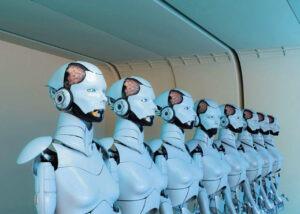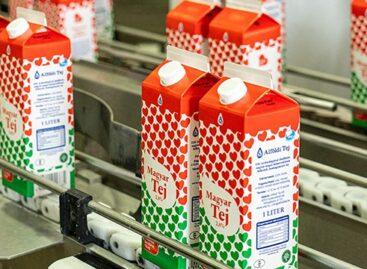AI and sustainability could be breakout points for midsize companies in times of uncertainty
According to the latest data from Grant Thornton International Business Report (IBR), 71% of mid-market executives worldwide are optimistic about the outlook for the second half of 2025, although this is a 3 percentage point decline compared to the previous year. However, the economic slowdown, trade barriers and geopolitical tensions are leading companies to be increasingly cautious, with many of them seeing sustainability and IT investments as the key to growth.
Economic challenges and adaptation
 The OECD forecasts that global economic growth could slow from 3.3% to 2.9% in 2025, and mid-market companies’ expectations for exports and international revenue have also decreased. Despite this, two-thirds of companies expect sales and profits to increase, and more than half expect selling prices to increase. The biggest challenges include economic uncertainty (61%), cybersecurity risks (52%) and increasing market competition (53%).
The OECD forecasts that global economic growth could slow from 3.3% to 2.9% in 2025, and mid-market companies’ expectations for exports and international revenue have also decreased. Despite this, two-thirds of companies expect sales and profits to increase, and more than half expect selling prices to increase. The biggest challenges include economic uncertainty (61%), cybersecurity risks (52%) and increasing market competition (53%).
Information security: both a constraint and an opportunity
Hungary was among the first to implement the NIS2 Directive, creating one of the strictest information security regulations in the EU. This increases compliance costs, but it can also provide a competitive advantage in the long term for those who adapt in a timely and effective manner.
Export markets: cautious expansion
Half of medium-sized companies plan to enter a new country, but they typically prefer to maintain their existing positions. In Hungary, high export exposure poses a risk, but shortening supply chains and the relocation of production to nearshore can also bring new opportunities.
AI and digitalization at the forefront of investments
Globally, 68% of medium-sized companies plan to invest in IT, primarily focusing on artificial intelligence solutions. The situation is similar in Hungary, but many companies do not have the appropriate internal expertise. IT is followed by human resource development (59%), R&D (60%), and workplace infrastructure development.
Related news
The digital ecosystem is transforming: AI is coming alongside search, not replacing it
🎧 Hallgasd a cikket: Lejátszás Szünet Folytatás Leállítás Nyelv: Auto…
Read more >Fidelity Outlook 2026: Who will bring the pick and shovel to artificial intelligence?
🎧 Hallgasd a cikket: Lejátszás Szünet Folytatás Leállítás Nyelv: Auto…
Read more >K&H: December SZÉP card top list: is a trend reversal expected this year?
🎧 Hallgasd a cikket: Lejátszás Szünet Folytatás Leállítás Nyelv: Auto…
Read more >Related news
Crowds return to stores: margin cap and year-end preparations drive retail traffic
🎧 Hallgasd a cikket: Lejátszás Szünet Folytatás Leállítás Nyelv: Auto…
Read more >The kings of the New Year’s Eve list: hot dogs and champagne in abundance
🎧 Hallgasd a cikket: Lejátszás Szünet Folytatás Leállítás Nyelv: Auto…
Read more >The Alföldi Tej case is drifting towards an uncertain outcome
🎧 Hallgasd a cikket: Lejátszás Szünet Folytatás Leállítás Nyelv: Auto…
Read more >






